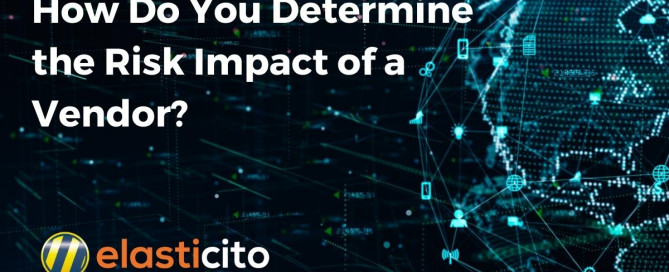Using Cyber Risk Ratings for DORA Compliance
Using Cyber Risk Ratings for DORA Compliance The number of cyber attacks across the world is on the rise, and the European Union is taking steps to strengthen the IT security of financial institutions such as banks, insurance companies and investment firms. DORA, the Digital Operational Resilience Act, will help ensure that the financial sector in Europe can maintain operations even in the event of a severe operational disruption. The Council presidency and the European Parliament have reached a provisional agreement on DORA, which is a positive step forward in protecting Europe's finances. Continue reading to learn more about using cyber risk ratings for DORA compliance. Introduction In today's digital world, it is essential for companies and organisations operating in the financial sector to have robust security measures in place for their network and information systems. The EU's DORA sets out uniform requirements for such security, as well as for










